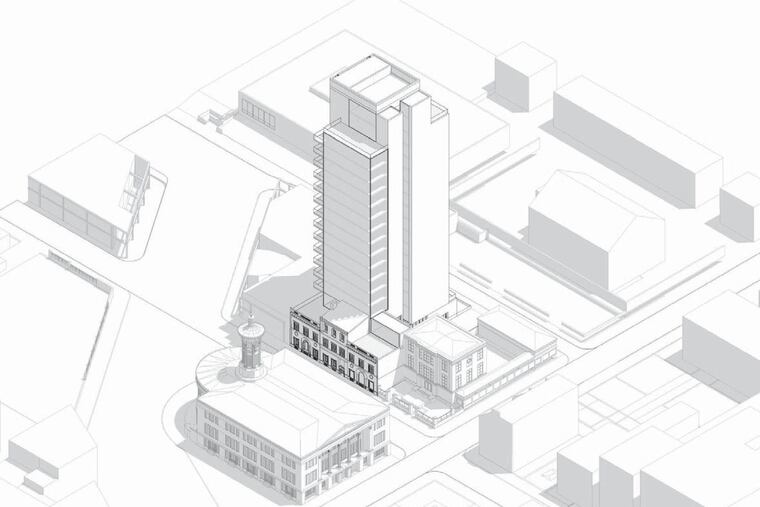‘Overbuild’ projects planned to turn historic Freeman’s auction house and Nelson Building into condos
Plans for the buildings are to be presented before the Philadelphia Historical Commission’s architecture committee.

Plans for the buildings are to be presented before the Philadelphia Historical Commission’s architecture committee.
